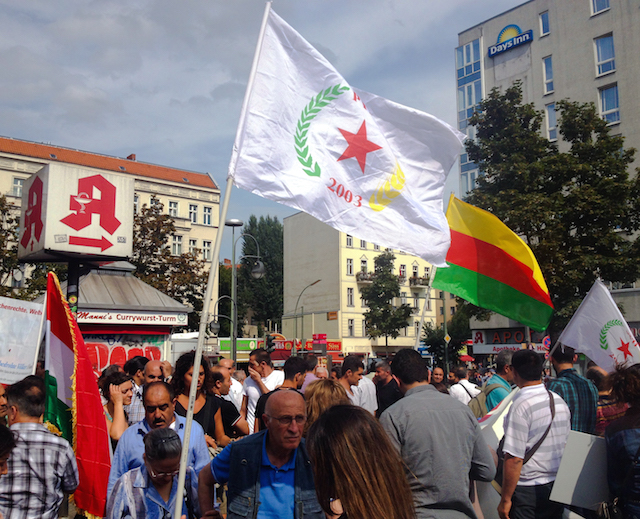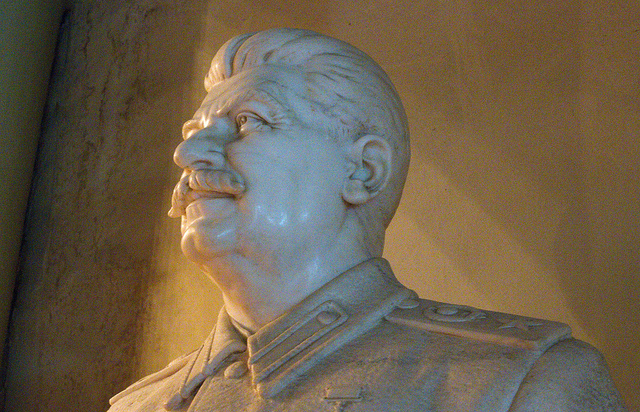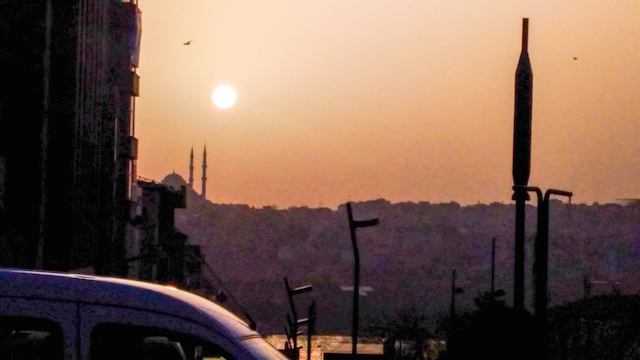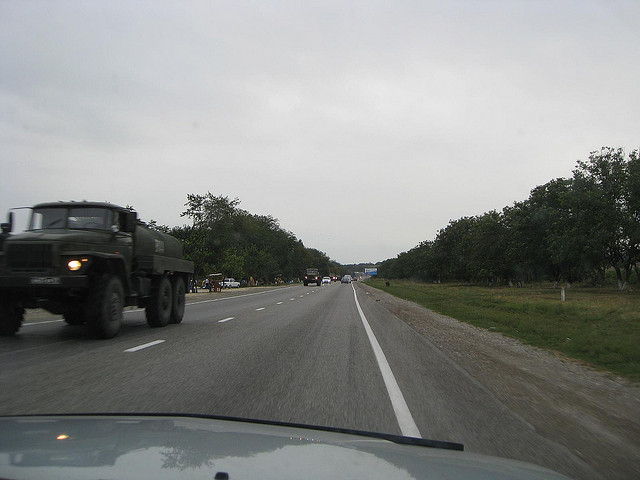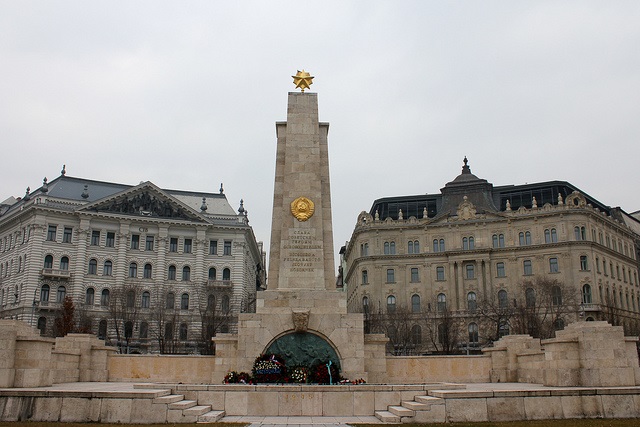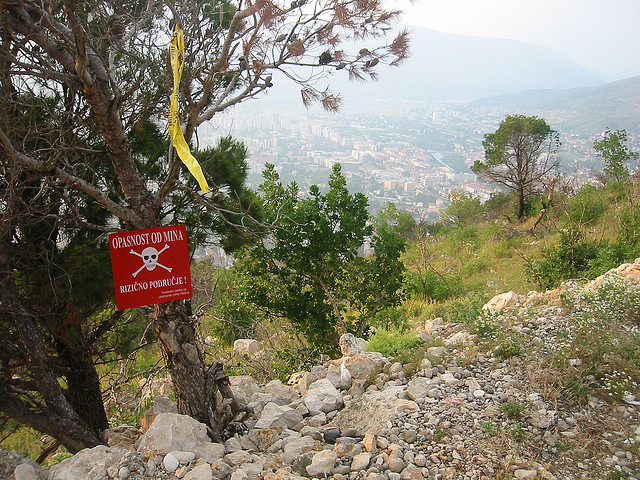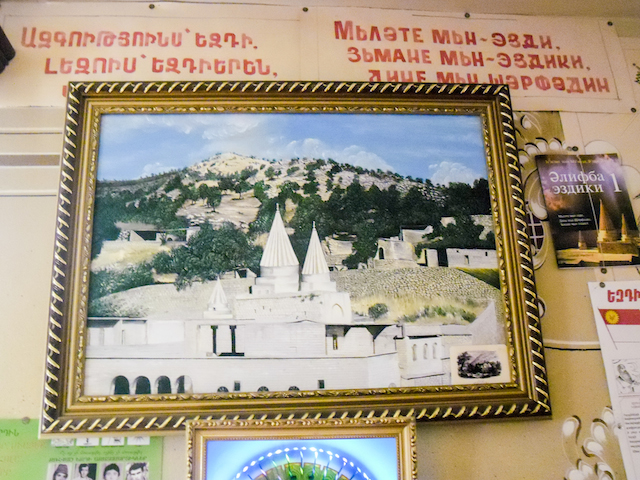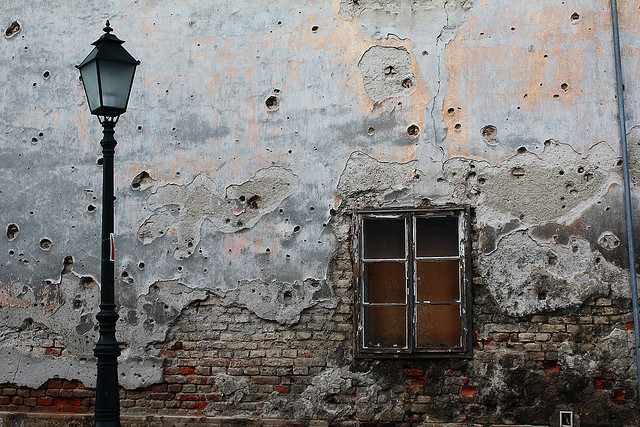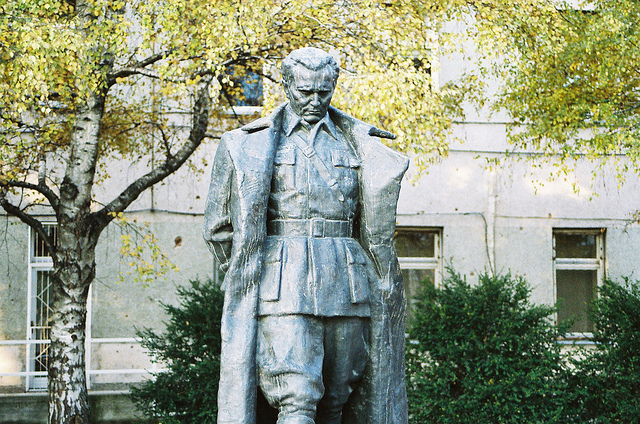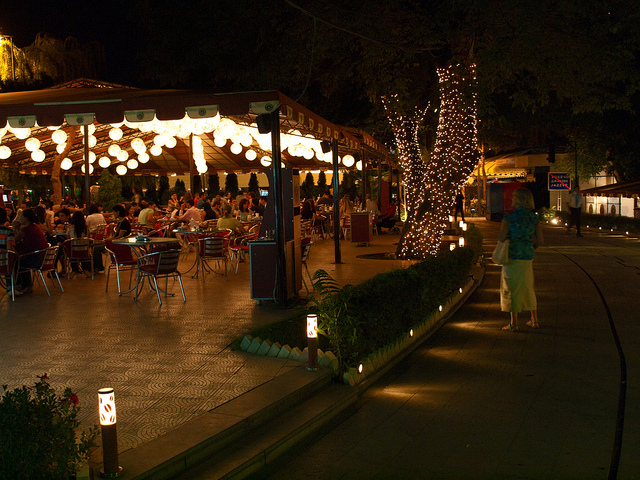In Paris, its fullness of brilliant life so dominates that all shadows seem to fly before it and poverty and pain to have no place, and the same feeling holds for the chief cities of the continent. It is Paris that is the keynote of social life, and in less degree its influence makes itself felt, even at remote distances, governing production and fixing the rate of wages paid. (More…)
TravelTravel
Travel
Long before reaching Sujbulāk, there were indications of the vicinity of a place of some importance, caravans going both ways, asses loaded with perishable produce, horsemen and foot passengers, including many fine-looking Kurdish women unveiled, walking with a firm masculine stride, even when carrying children on their backs. (More…)
If you drive towards the eastern part of Georgia, to the Chechen border, in Akhmeta, you’ll find a group of picturesque villages, home to the Kists, an ethnic group that traces its origins back to the Chechens of the northern Caucasus. (More…)
Georgia’s blazing summers are occasionally interrupted by hailstorms which smash grapes from the vines and wreck the tomato farmers’ crops. It was while we were sheltering from one of these in the shop – the centre of village gossip – that I heard about the trouble in nearby Tsromi, a larger village in the same Shida Kartli region of central Georgia. (More…)
As someone who is prone to accidents, having broken bones, and living with the motto ‘Danger is my middle name’, I am a prevention supporter. I visit my doctors often to check everything from head to toe to make sure that the year will go smoothly. (More…)
In the 21st century, many countries border each other with roads, and tunnels. But Georgia’s neighbour is Russia, not Switzerland, or France. Russia is not a modern, thinking country, and has no plans to be so. (More…)
In most European cities, the propaganda of public monuments is much more tasteful. However in the last several years, Freedom Square, often a starting point for Budapest’s 2.7 million annual visitors, has become an increasingly complex public riddle with each chunk of cultural neurosis dropped by government decree for every tour-bus rider, pub-crawler, and clueless backpacker to ponder. (More…)
Bogdan Bogdanovich’s Partisan Memorial Cemetery should be Mostar‘s second major tourist attraction. Built in 1960, the park is something between a memorial, and Gaudi’s Park Buell. High stone walls climb narrow paths in disorienting labyrinths. Ramps lead to a plateau engraved with stone flowers, the nameless graves of Partisans who fought against the Croatian Ustasha, Mussolini, and the Nazis. (More…)
“My nation is Yezidi, my language is Ezdiki, my religion is Sherfedin” reads a poster in Cyrillic script on the wall of a Yezidi family home in Zovuni, a village on the outskirts of Armenia’s capital of Yerevan. A portrait of the tomb of Sheikh Adi in Lalish, northern Iraq – a major pilgrimage site for Yezidis – hung on the wall beneath it. (More…)
Viktor produced a thick volume from the Yugo’s trunk for me to read while he drove. Inside were maps and graphics of red replacing blue with each subsequent year, reminiscent of the famous map of Palestinian displacement. The landscape itself was not so different either. (More…)
In the Lonely Planet guide to Croatia, the Sibinek-Knin county of Dalmatia is called “underrated.” Hundreds of thousands of tourists flock to the coastal cities of Split, Dubrovnik, and the dozens of nearby islands each summer. Only a fraction make it anywhere inland, where only Krka park’s waterfalls and the nearby Serbian Orthodox Monastery are recommended. (More…)
“So how are you leaving Armenia?” Levon asked, with a smile. After six months in Yerevan, I was soon to return home. I regretted my decision. Levon, the composite character of Syrian-Armenian refugee and kebab stall owner I had come to know during my stay, was arranging triangular Khachapuri, Georgian cheese pastries, on a baking tray. When tessellated, he grinned at his handywork, then up at me. (More…)

